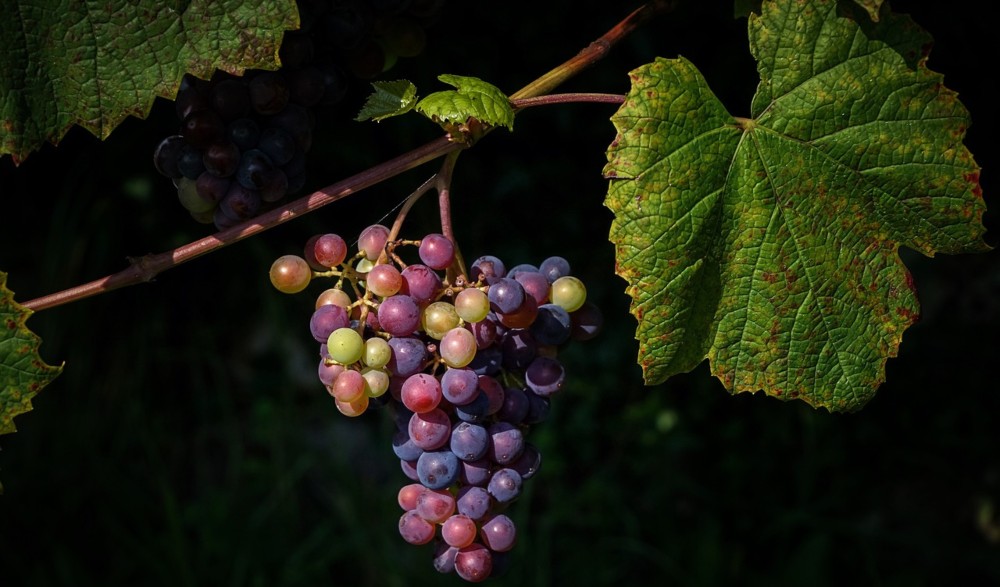Wine growing has evolved into one of Washington State’s major industries. Our corner is second in the nation (after California) for wine production and boasts more than 1,000 wineries.
Up to the 1970s, California, Europe, and New York State produced wines of choice for Pacific Northwesterners. Today, major wine AVA’s (American Viticultural Areas) are scattered throughout Washington state. The big producers are in the Walla Walla Valley, the Yakima Valley, and the Columbia Valley. Wineries are also found alongside Hood Canal, on Bainbridge Island, in Kirkland and Bellevue, and nestled in the foothills of tiny Dixie in southeast Washington and in the Horse Heaven Hills south of Prosser.
The industry’s history buzzes with names and dates from the early Fur Trade at Fort Vancouver (1825) and the later surging Western Migration of Euro-Americans (1850s), including Italians who settled in the hills of Walla Walla. Washington was placed by the wine gods between 30 degrees and 50 degrees latitude north and south of the equator – the historic region for grape growing in Europe. Even better, the southern half of Washington state lies within the same latitudes as the famous and fabled wine-producing regions in Europe near Burgundy and Bordeaux. Those factors are abetted by Eastern Washington’s long, warm summer days, blessed with one of the nation’s earliest and largest irrigation systems, and enriched by light-textured silt loams, remnants of the area’s ancient volcanoes.
All this is good news for the wine connoisseur and the growing tourist industry. Wineries are now making bold attempts to attract visitors. Tasting rooms – often with musical productions, lectures, and restaurants – often boast sweeping views of hills and rivers. Corollary activities have crowded around: bed and breakfast accommodations, bistros, wine cellars, special tours larded with local history, readable histories and related publications, and tools of the industry such as artistically designed cork pullers and decanters. Several years ago, I boarded the Spirit of Washington dinner train, which departed Yakima on weekends, taking a three-hour round trip to Ellensburg (brunches during the winter) and making winery stops along the route.
We found small wineries, located in relatively remote nooks and at the end of unmarked farm roads, and a variety of informal experiences. For example (and there are many more in the state): Bonair Winery near Zillah, with rich reds and a soft Chardonnay, offers a pleasant hide-away-in-the-hills; Biscuit Ridge in Dixie, east of Walla Walla, produces a dry, quiet Gewurtztraminer; prize-winning Neuharth winery overlooks the hills of Dungeness and balmy Sequim; Mercer Ranch and its rich Cabernet is hidden among the Columbia River hills; Columbia Crest winery near rural Paterson overlooks mythical Native lands.
Washington’s 1,000 wineries have taken large strides to accommodate visitors. Visiting our state’s wineries now offers a large helping of cultural enrichment, geological wonders, home-spun sustenance, aromatic treats from the land and the tasting rooms, and congenial surroundings. Bon Appetit! Salute!
Discover more from Post Alley
Subscribe to get the latest posts sent to your email.

Readers point to some outdated information in the above article, which we regret and hereby correct: The winery at Dixie is closed, as is the one at Biscuit Ridge. The winery at Neuharth is also closed. Mercer Ranch winery is located in the Horse Heaven Hills, not the Columbia River hills.